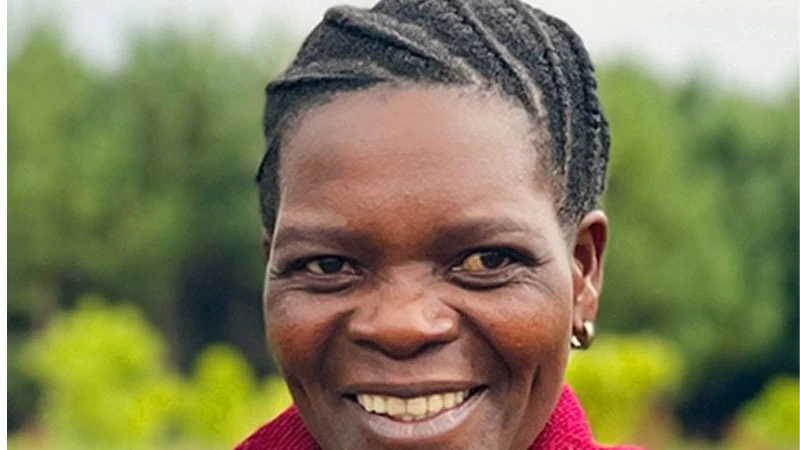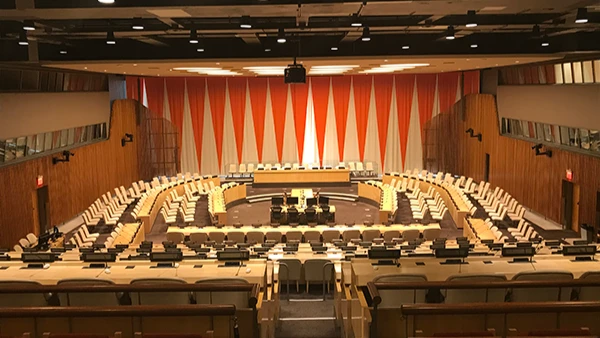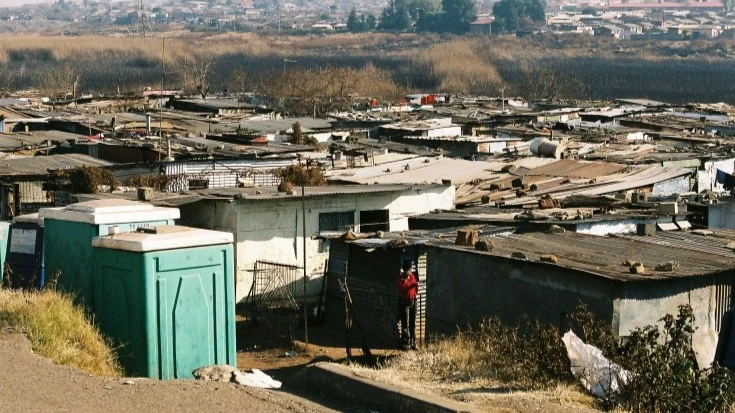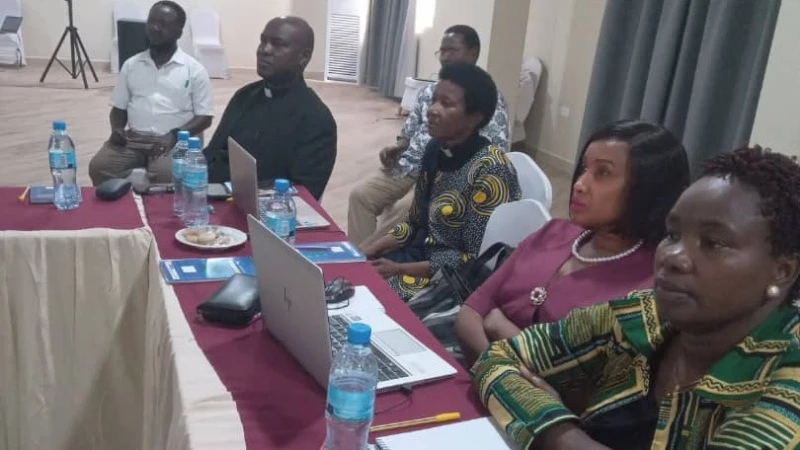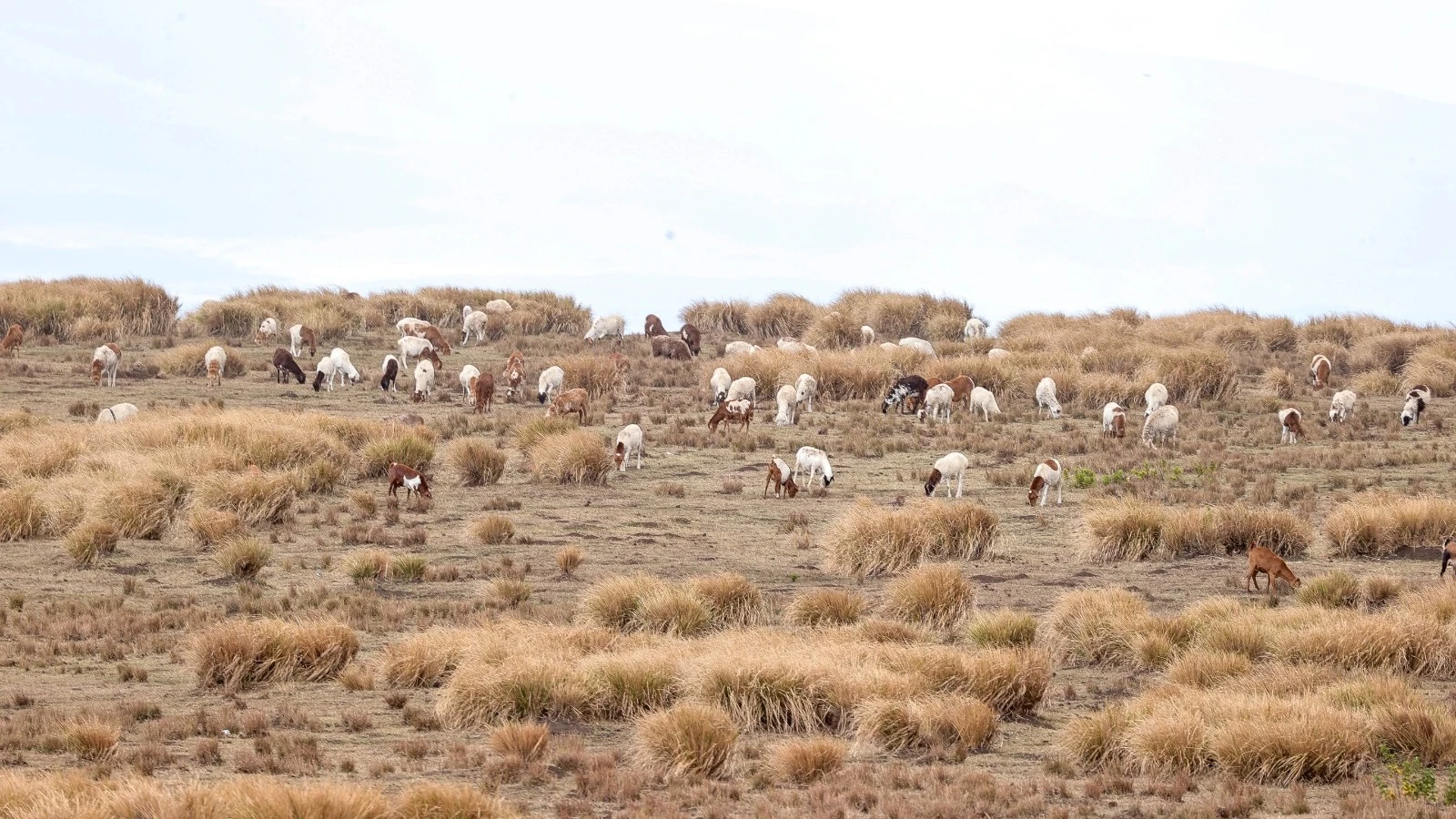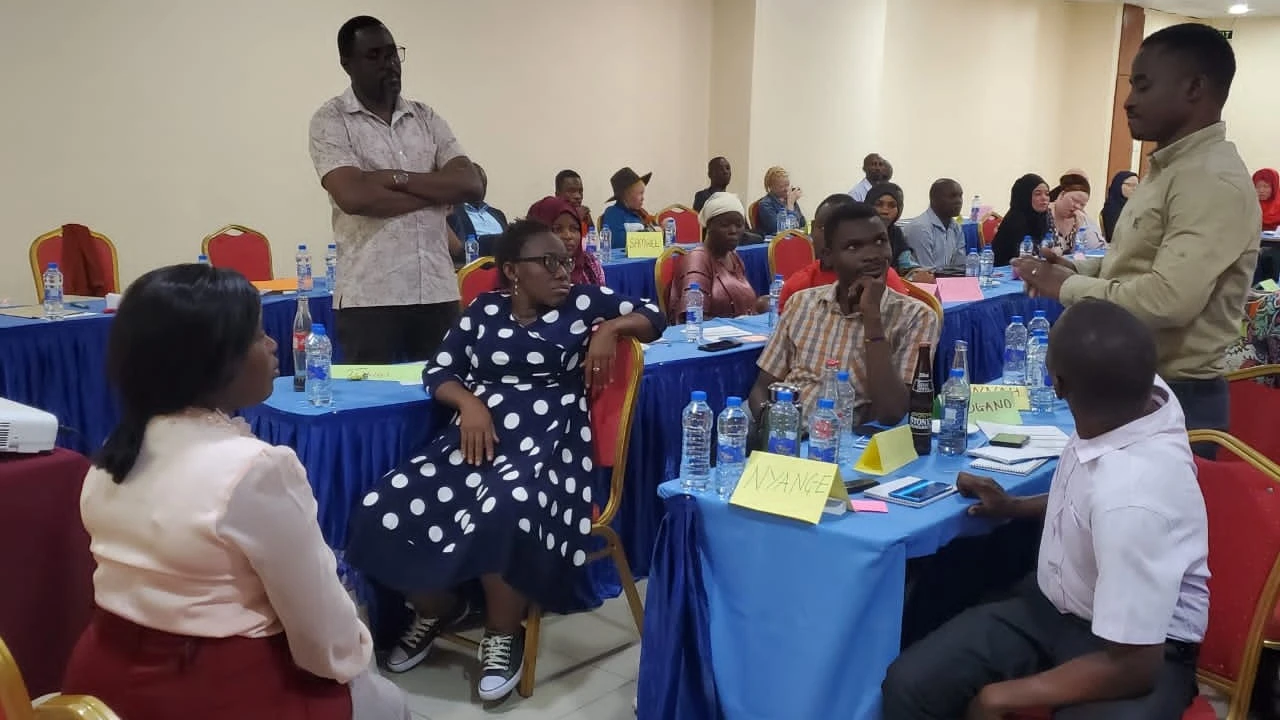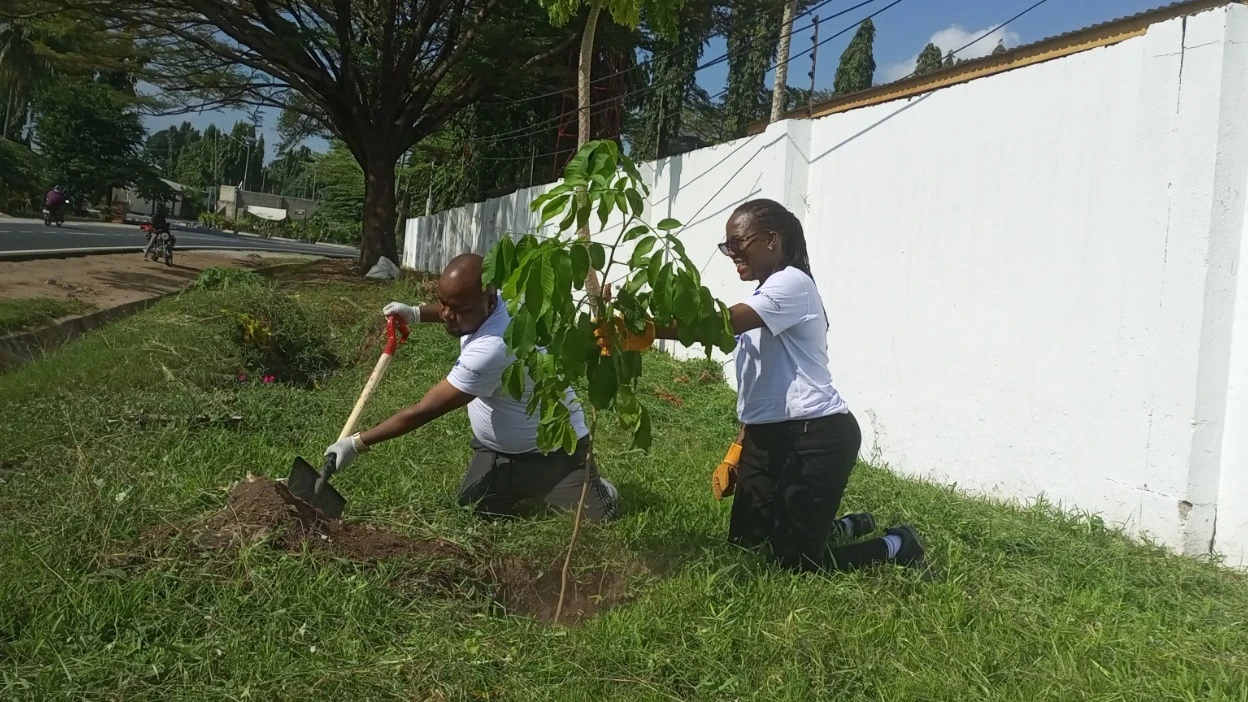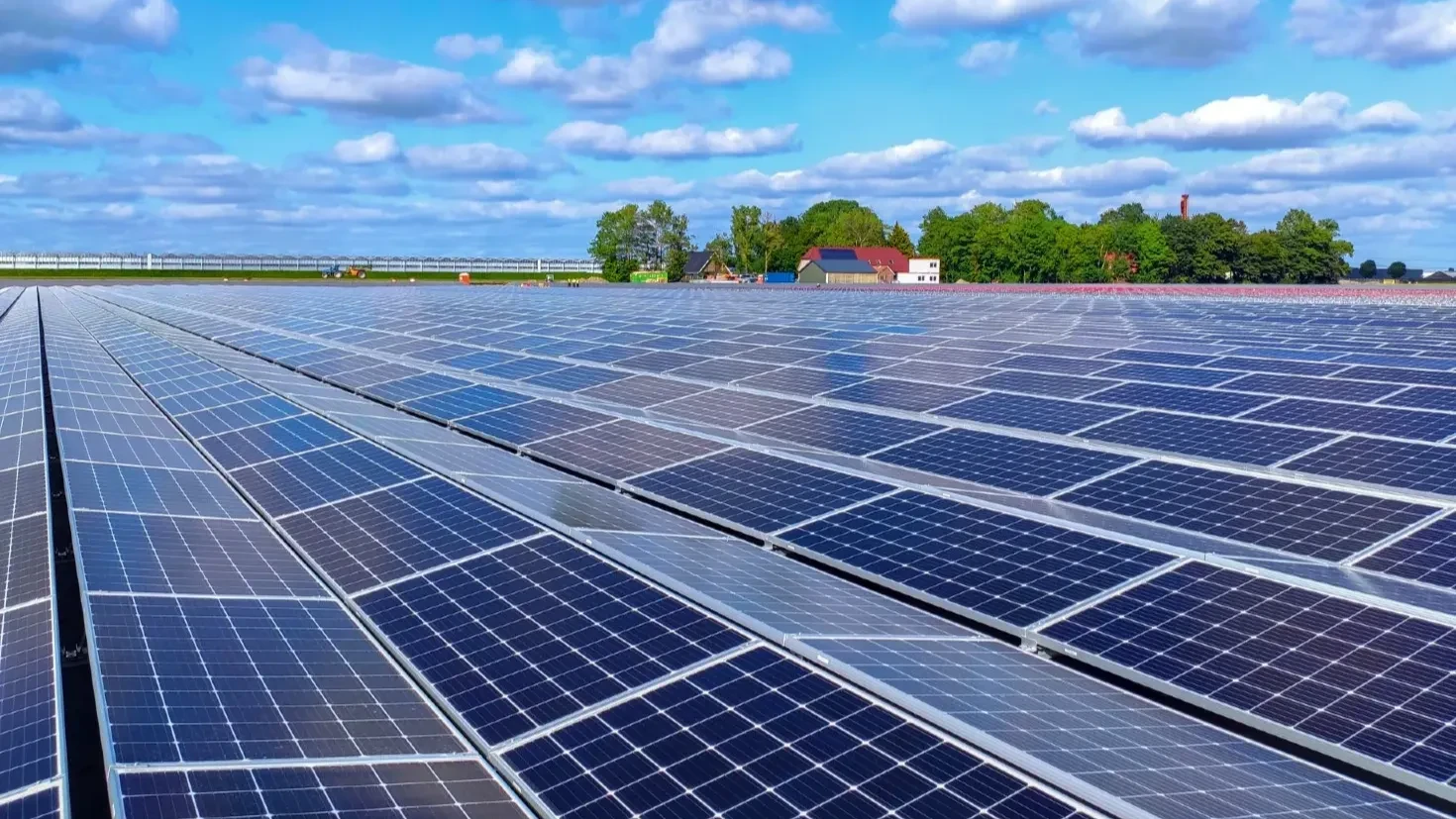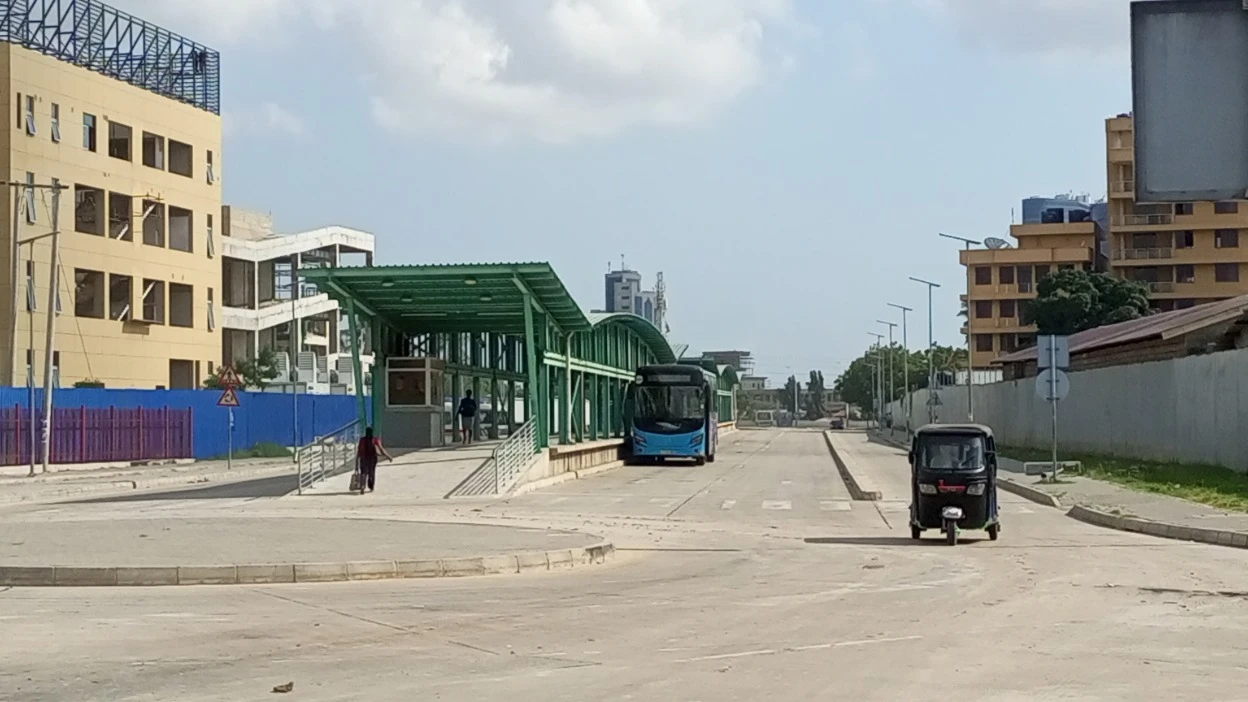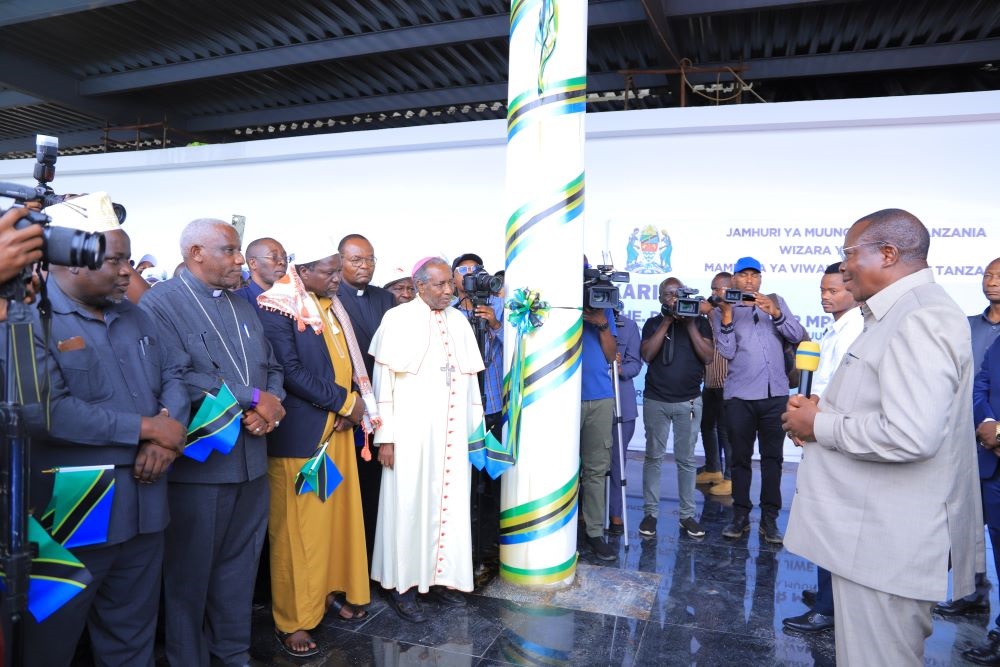The future of Ngorongoro requires a bold rethinking of its land use model
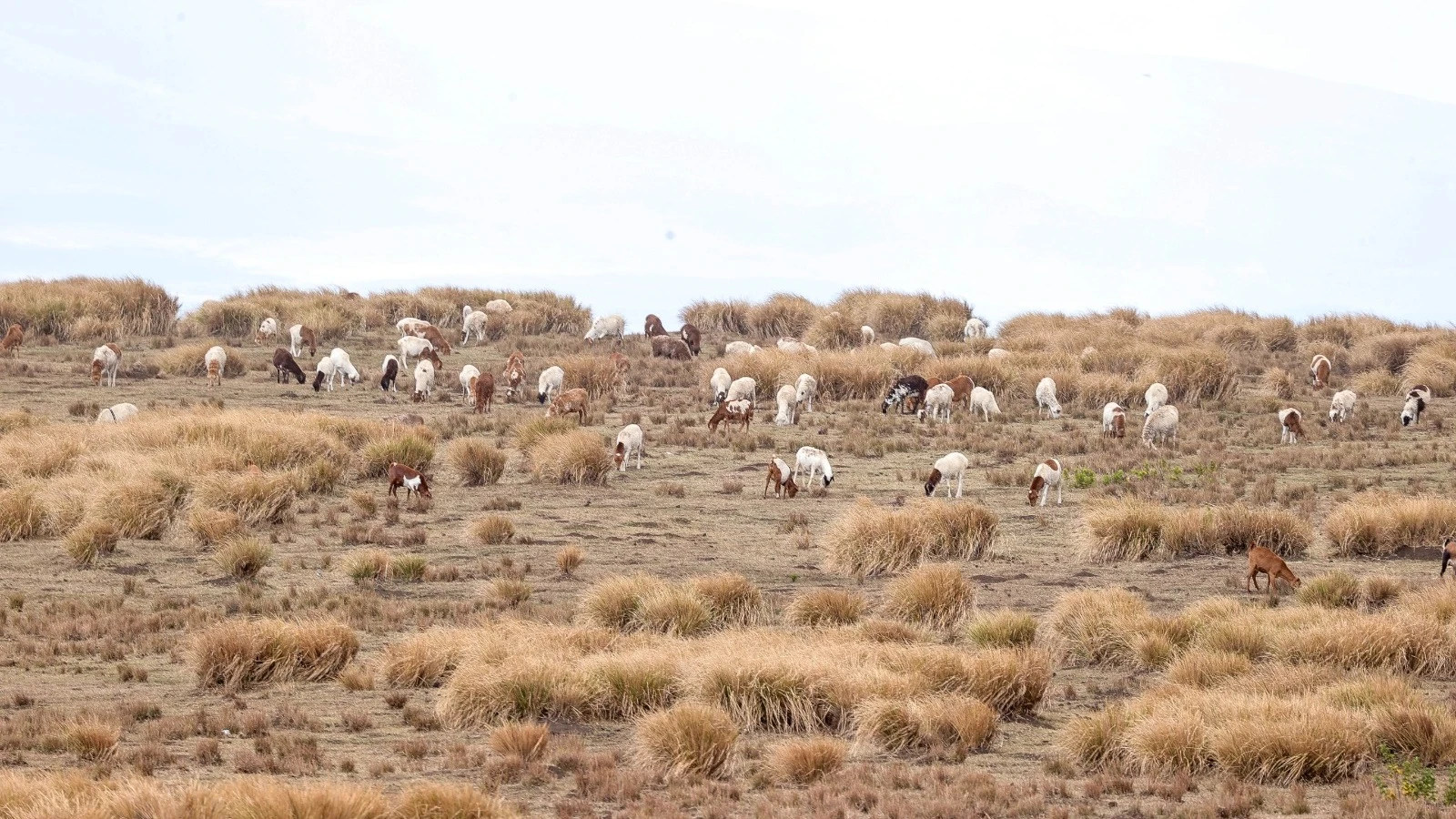
THE Ngorongoro Conservation Area (NCA), a UNESCO World Heritage site, is globally renowned for its breathtaking landscapes and extraordinary biodiversity.
However, with the indigenous pastoralist population rapidly increasing and environmental pressures mounting, a critical question has emerged: How can the balance between conservation and community welfare be maintained?
This issue has gained urgency following a recent review of the NCA’s multiple land-use model, which underscores the necessity of addressing both ecological sustainability and the well-being of the pastoralist communities residing within the area.
Established in 1959, the NCA was envisioned as a unique model aimed at conserving natural resources while safeguarding the interests of the local Hadzabe, Datoga, and Maasai pastoralists. At its inception, around 8,000 indigenous people lived within the NCA’s boundaries; by 2017, this population had surged to over 93,000.
The dramatic population growth has significantly heightened pressure on the NCA’s fragile ecosystem, leading to numerous challenges, including environmental degradation, human-wildlife conflicts, poverty, and food insecurity.
From the beginning, NCA authority sought to balance human habitation with wildlife conservation. However, this model is no longer sustainable. Although residents were originally guaranteed protection of their interests, restrictions on certain economic activities—such as farming—were imposed to preserve the environment.
As a result, their livelihoods have remained reliant on livestock keeping, a practice central to their cultural identity but insufficient to meet the growing needs of the population. This has led to increased poverty, hunger, and poor health conditions.
The recent review of the NCA’s multiple land-use model highlighted the unsustainability of rising pressures on natural resources. Among the issues identified were water scarcity, ecological imbalances due to invasive species, and the degradation of critical wildlife habitats.
In addition, severe social problems—including gender inequality, illiteracy, and deteriorating health conditions—were noted within the pastoralist communities. Increasing human-wildlife conflicts and the adverse effects of climate change, such as prolonged droughts, have worsened the situation for both people and wildlife.
One of the key recommendations from the review was the resettlement of pastoralists to more sustainable areas, such as Msomera. This proposal aims not only to reduce pressure on the NCA’s ecosystem but also to provide pastoralist communities with opportunities to improve their livelihoods.
By relocating to areas where economic activities, such as farming, are permitted, pastoralists could diversify their income sources and enhance their living conditions.
The proposed resettlement aligns with Tanzania’s commitment to the United Nations Sustainable Development Goals (SDGs), especially those focused on poverty eradication, food security, and access to clean water and education. Relevant SDGs include Goal 1 (No Poverty), Goal 2 (Zero Hunger), Goal 3 (Good Health and Well-being), Goal 4 (Quality Education), Goal 5 (Gender Equality), and Goal 6 (Clean Water and Sanitation).
Additionally, Goals 11 (Sustainable Cities and Communities), 13 (Climate Action), 14 (Life Below Water), 15 (Life on Land), and 16 (Peace, Justice, and Strong Institutions) are critical to achieving a sustainable and just future for both people and the environment within the NCA.
These SDGs are directly tied to ongoing efforts to address the pressing challenges pastoralist communities face in Ngorongoro. Resettling pastoralists to areas like Msomera would alleviate poverty (Goal 1) by enabling economic diversification, including farming, which is prohibited in the NCA.
This shift would also bolster food security (Goal 2) and improve health and well-being (Goal 3) through better healthcare access and nutritional sources. The resettlement plan emphasizes quality education (Goal 4) by allowing children to attend school without the threat of wildlife attacks, thus reducing illiteracy.
Addressing gender inequality (Goal 5) ensures that both men and women benefit equally from new economic opportunities, while access to clean water and sanitation (Goal 6) in resettlement areas would significantly improve living conditions.
Furthermore, building sustainable communities (Goal 11) resilient to the impacts of climate change (Goal 13) is vital to the success of these initiatives. Ongoing environmental degradation, water shortages, and droughts have placed immense strain on both the people and wildlife in Ngorongoro.
Facilitating pastoralist resettlement would enable Tanzania to focus on restoring critical habitats and ecosystems (Goals 14 and 15), ensuring the protection of wildlife populations and biodiversity. Strong governance and stakeholder involvement (Goal 16) are essential to achieving lasting peace and justice in managing the delicate balance between human needs and conservation.
The need for resettling pastoralists is urgent. As the population within the NCA continues to grow, the strain on both the ecosystem and the people becomes unsustainable. Limited resources and restrictions on economic activities, such as farming, have left the residents vulnerable to poverty, hunger, and poor health.
The current model of providing monthly food assistance to families in Ngorongoro is not a long-term solution; it perpetuates dependency and limits the potential for these communities to thrive. Relocating pastoralists to areas where they can cultivate land, build sustainable livelihoods, and access essential services is critical.
This move not only offers the opportunity to improve living standards but also provides a path toward self-reliance and dignity, free from the limitations imposed by the conservation area.
Historically, challenges facing the NCA stem from the colonial period, when British administrators established the Serengeti National Park in the 1940s. Strict conservation policies prohibited indigenous residents from engaging in farming and other economic activities, leading to tensions and resistance from local communities.
Although NCA was eventually created as a compromise, permitting limited human activity within a conservation framework, the subsequent population growth and pressures have demonstrated that this compromise is no longer viable.
As the review indicates, the NCA is at a critical crossroads. It must carefully navigate the balance between conserving its world-renowned crater and addressing the urgent needs of its pastoralist communities.
Resettling these communities is not just a logistical challenge but a strategic opportunity to achieve both conservation and sustainable development. By relocating residents to areas where they can become self-reliant, the government can reduce dependence on monthly food assistance and empower these communities to shape their own economic futures.
The future of Ngorongoro calls for bold and decisive action. The current land-use model, once innovative, has reached its limits and now threatens the delicate balance between human welfare and environmental conservation.
A rethinking of this model is not just necessary—it is essential for the long-term sustainability of both the people and the unique ecosystem they rely on. Without swift, strategic change, the risks to the pastoralist communities and the biodiversity of this iconic landscape will only intensify. The time to act is now, to ensure a future where both can thrive in harmony.
Top Headlines
© 2024 IPPMEDIA.COM. ALL RIGHTS RESERVED


